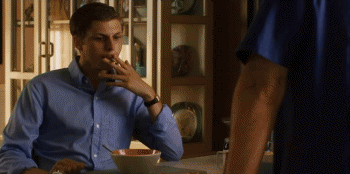- Joined
- Sep 12, 2007
- Messages
- 9,399
- Points
- 113
When focusing a "beam" on the other hand, the source element is irrelevant.

Ever tried getting a beam from a fluorescent tube? If you have, you'd know this is utter bullsh

Follow along with the video below to see how to install our site as a web app on your home screen.
Note: This feature may not be available in some browsers.

When focusing a "beam" on the other hand, the source element is irrelevant.




Ever tried getting a beam from a fluorescent tube? If you have, you'd know this is utter bullsht.
Can't you read?
I am talking about focusing a beam, and creating a single spot.
Not creating a beam from a emissive element.
They're pretty much the same thing anyway. If you focus the output from a fluorescent lamp, you cannot get anything you'd call a spot. You only get an image of the lamp.
I am talking about focusing a beam, and creating a single spot.
Not creating a beam from a emissive element.
You ned to collminate it first.

^How come we use laser diodes? Why not LEDs? And how come you can focus lasers down to a spot and not LEDs?

